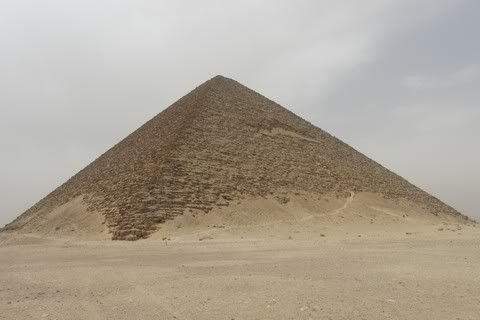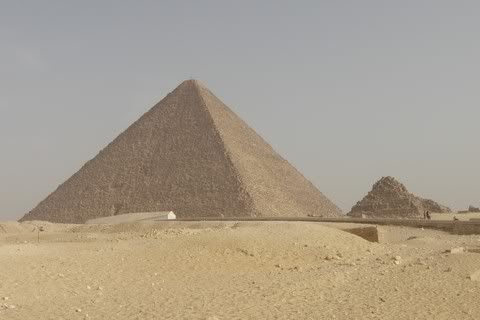Egypt 7 – Abu Simbel and Lake Nasser
Tuesday, May 18th, 2010The Four Statues of Ramses II
And up close with two of them
The biggest attraction in Aswan is Abu Simbel which is not actually in Aswan but 150 miles to the south and about 20 miles north of the Sudanese border. Some people fly to Abu Simbel but most drive along the desolate desert highway in a police convoy. Yes, I said a police convoy. It must be said here that getting to Abu Simbel is an absolute production in and of itself. In 1997 there was a terrorist bombing in the temple of Queen Hatshepsut in Luxor (much more on Hatshepsut in the coming Luxor posts) which pretty much decimated tourism throughout Egypt thus removing the livelihood of a significant portion of Egyptians. Since then, the government has been very keen to protect the tourists and thus instituted required police convoys to various locations in Egypt. Several have been lifted over the years but the one to Abu Simbel remains and that is how I found myself in a 100 vehicle (coach buses, minibuses, private taxis) convoy headed toward Sudan.
The details of this trek cannot be underestimated. I got a wake up call at 2:45 am at my hotel and was picked up by the tour company at 3:15 so we’d have enough time to meet the convoy at 4 am. If you’re not there and checked-in by 4 am you’re screwed…the police won’t let you go. It was nuts. So of course we all arrive at Abu Simbel at the same time, stay for two hours with thousands of our closest friends and then embark on the 3 hour trek back to Aswan arriving back by noon. Abu Simbel was beautiful and scenic on the shores of Lake Nasser…but if I were to do it again I think I’d figure out a way to stay near the village of Abu Simbel so as to not have to visit when everyone else is there.
Interior hall with you guessed it…more statues of Ramses II
One of the interior store rooms
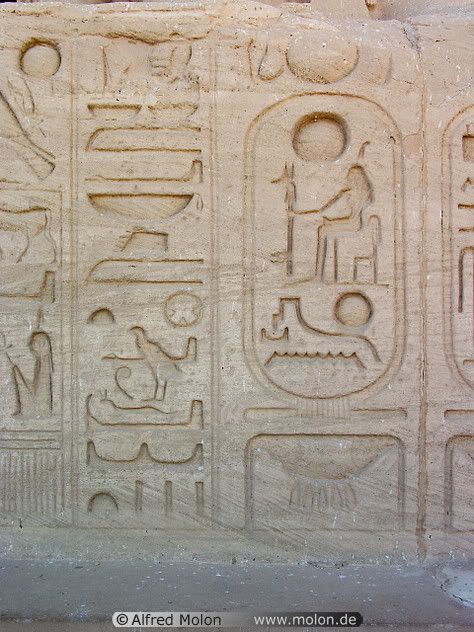
Carved hieroglyphics on the wall
Interior reliefs
Abu Simbel is one of the many archeological sights that was threatened to be submerged by the damming of the Nile so in 1964 UNESCO embarked upon a 40 million dollar resue project to move the monument above and away from the original site to avoid the waters of Lake Nasser. Abu Simbel was built by Egypt’s most egotistical pharaoh Ramses II (1304-1237 BC) for himself and his beautiful wife Nefertari. The intent was that the 4 statues of himself would be the first thing travelers, visitors and enemies alike would see as they arrived in Egypt from the south. Similarly, he built a separate temple for Nefertari which is not quite as imposing as his own temple but still quite impressive. Both temples are carved directly into the rock and have many, many chambers and walkways inside. We were not allowed to take any pictures of the temples for fear of ruining the colored reliefs with our camera flashes. I found the pictures you see here of the interior elsewhere on the web.
Queen Nefertari’s tomb
Nefertari up close and personal
Lake Nasser about 7 am
Lake Nasser, as we learned previously, is the reservoir created by the damming of the Nile River. It is the largest reservoir on the planet and is 83% contained in Egypt while the rest is in Sudan (and called Lake Nubia). Lake Nasser is more than 2000 square miles in surface area and 37 cubic miles in volume. The fishing is reported to be very good for Nile Perch in Lake Nasser with the record fish ever caught weighing 392 pounds.
Tomorrow on the Mini-Extravaganza we’ll take a felucca ride and visit Elephantine Island before heading off to Luxor and the Valley of the Kings. Enjoy the pictures!

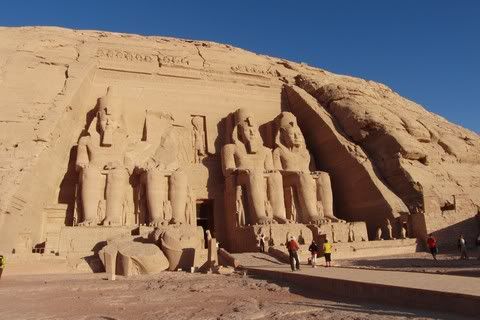
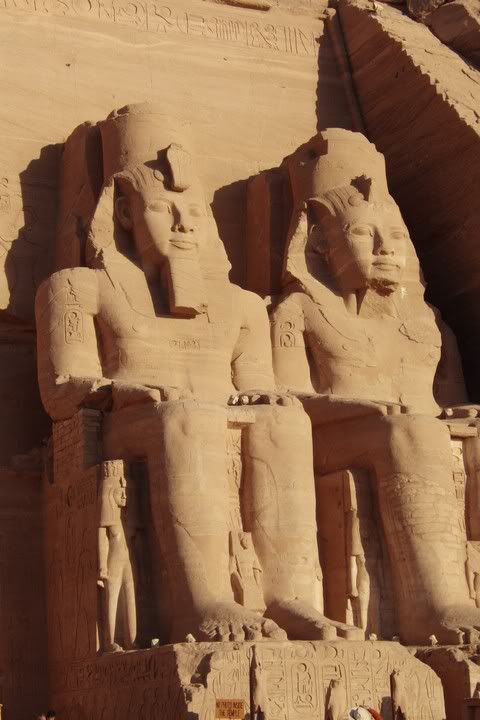
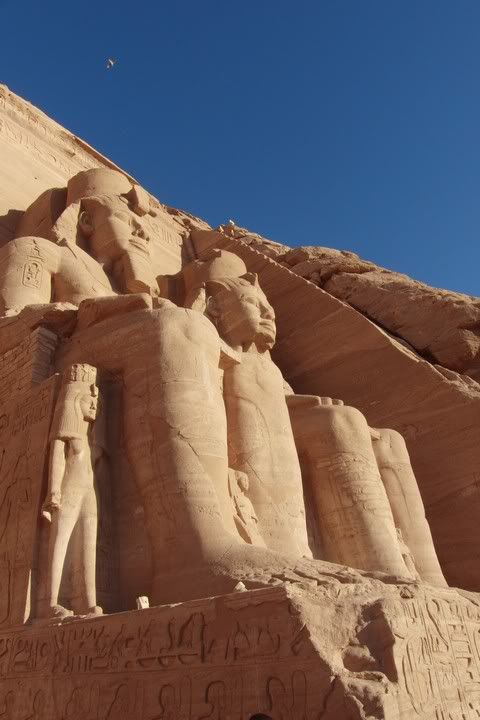
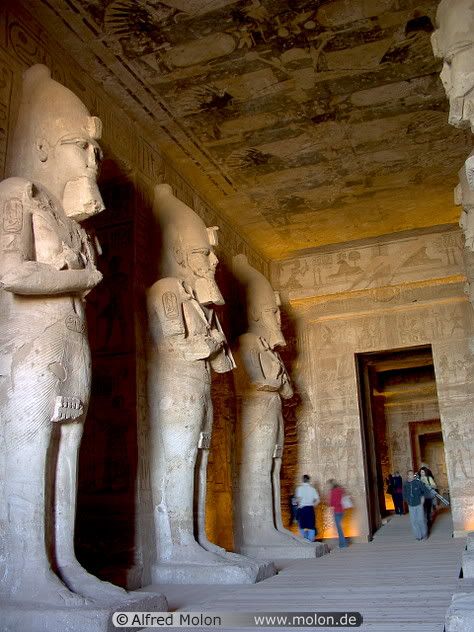
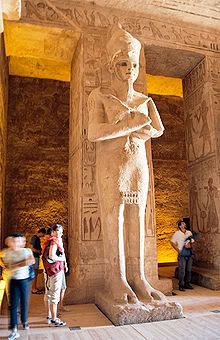
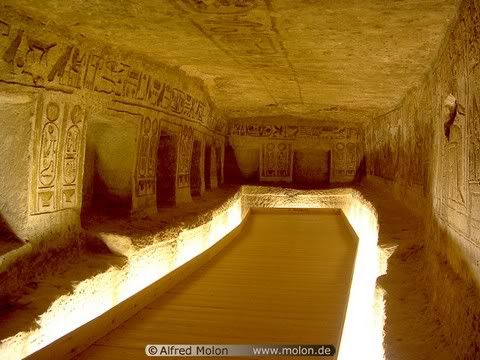
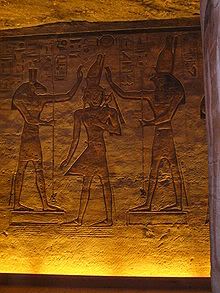
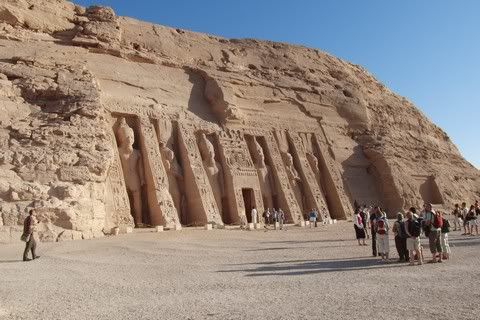
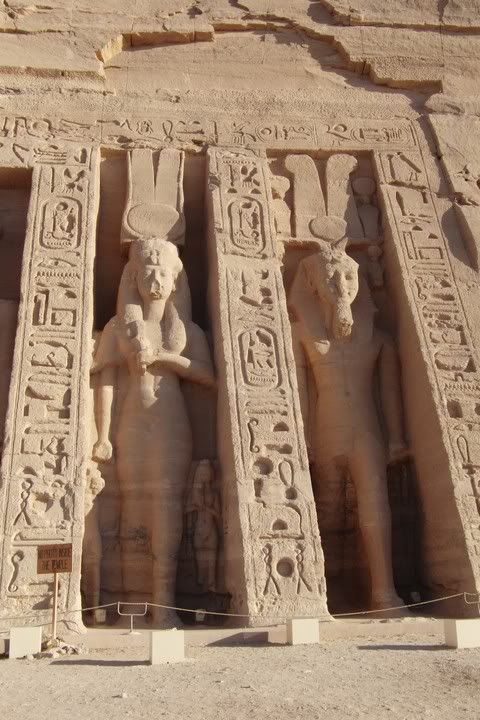

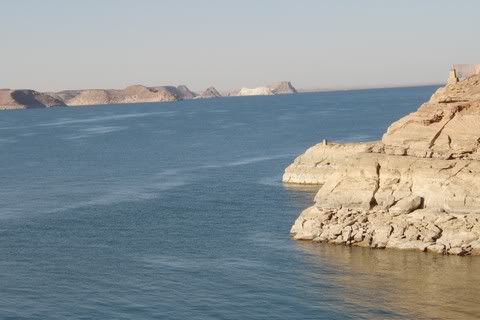
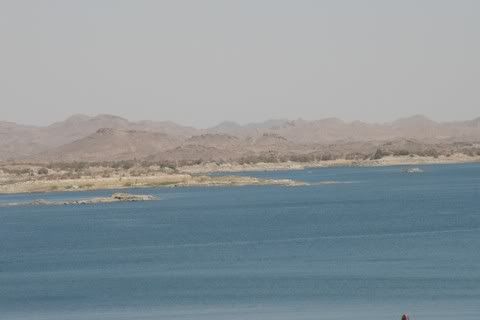
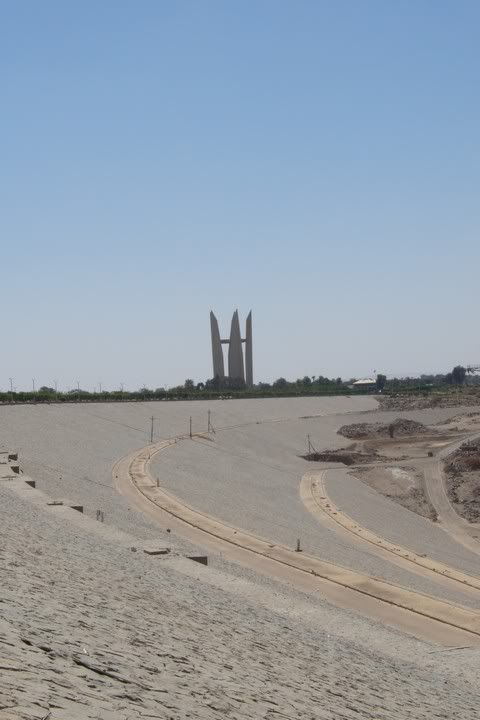
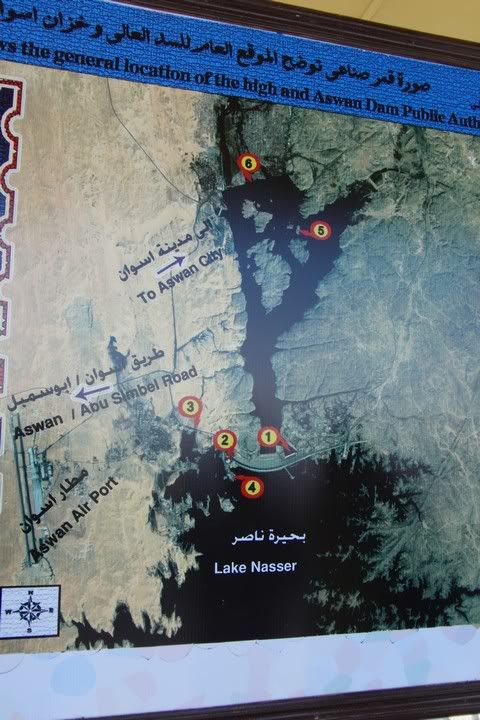
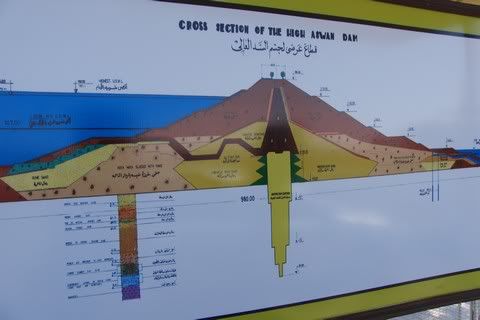
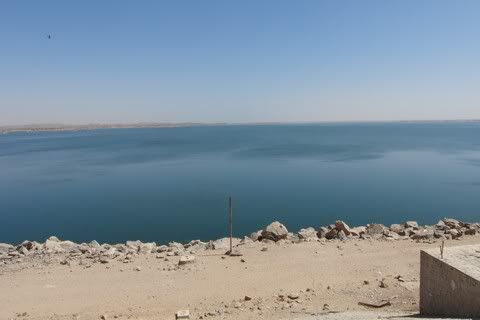
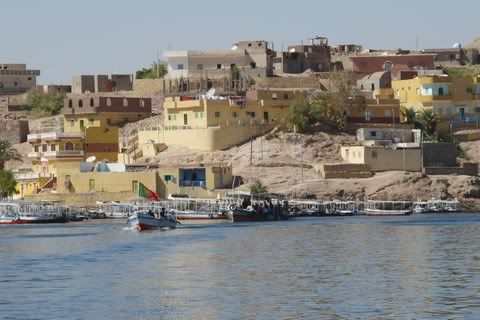
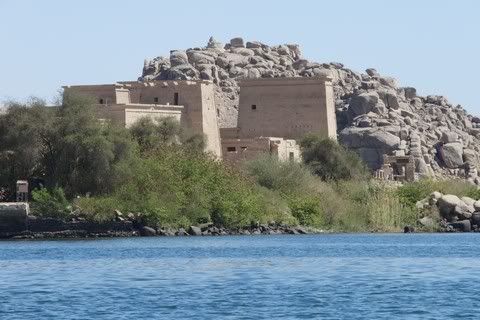
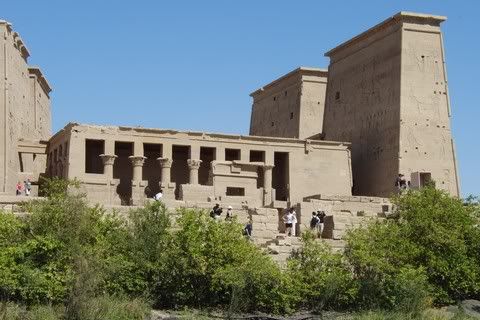
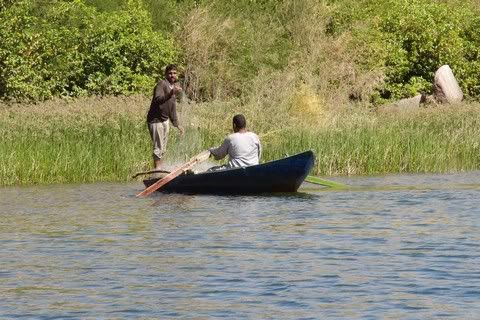
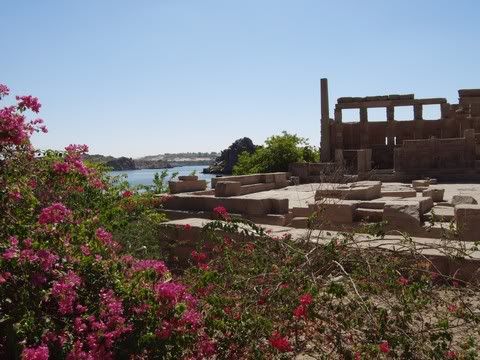
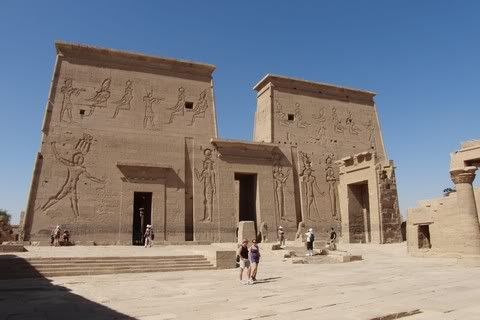
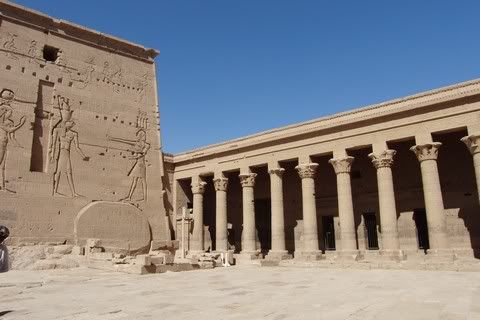
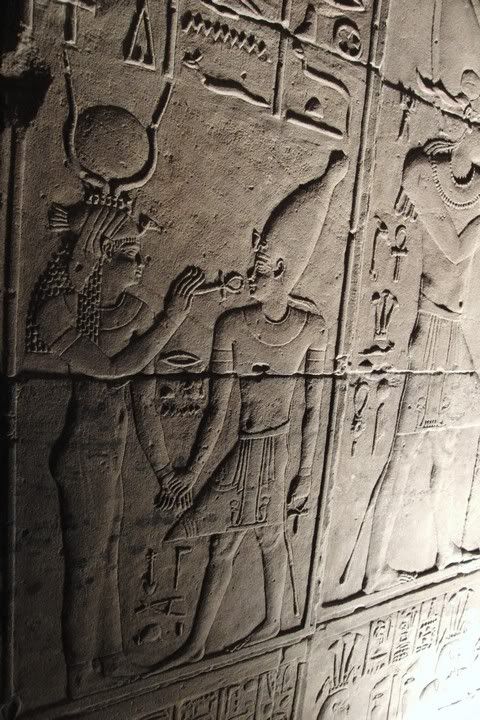
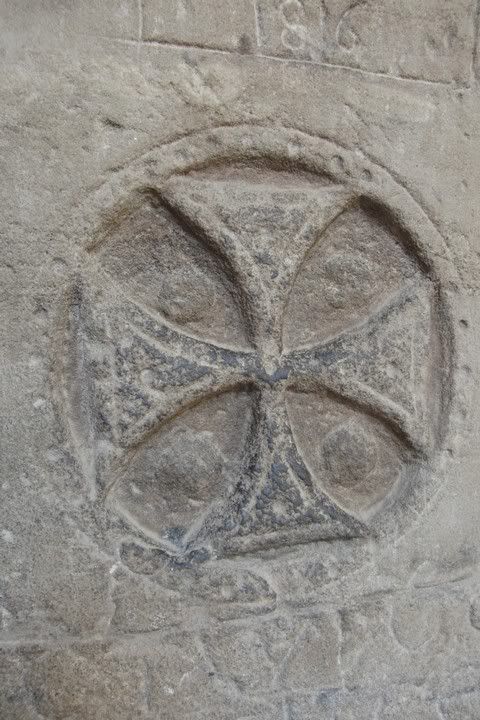
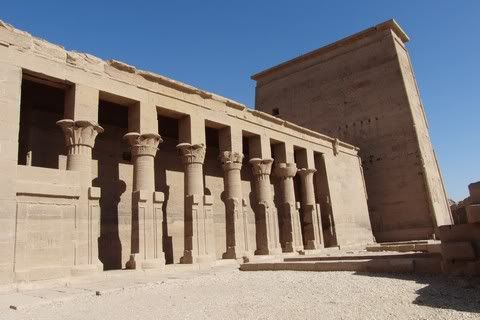
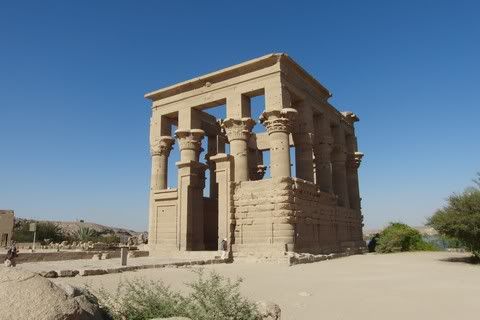
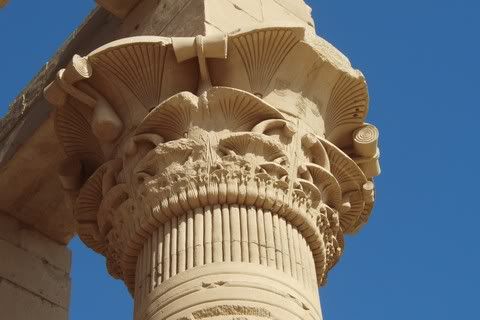
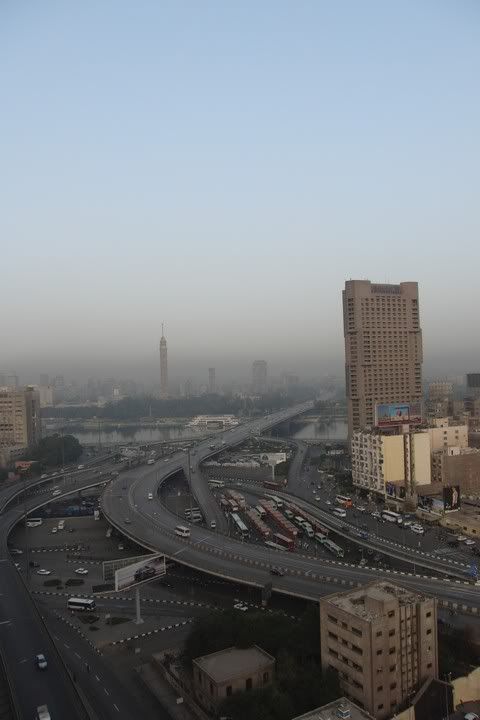
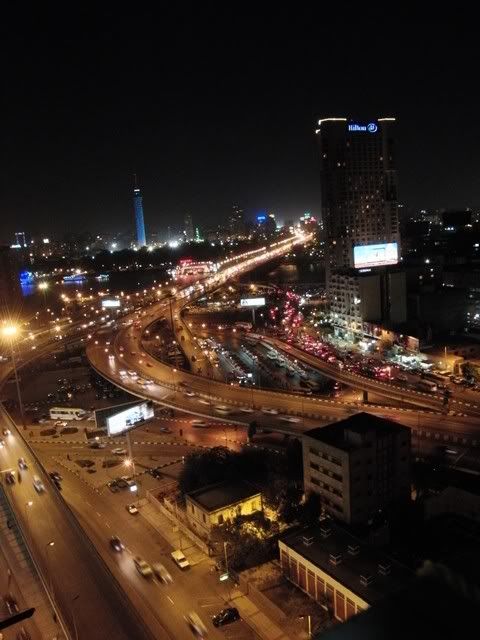
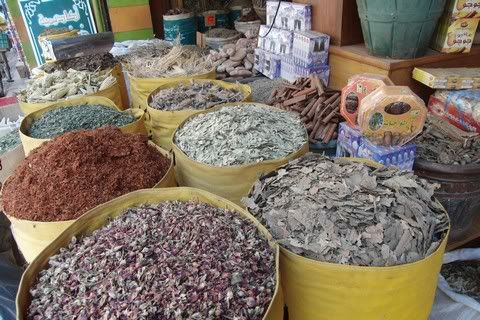
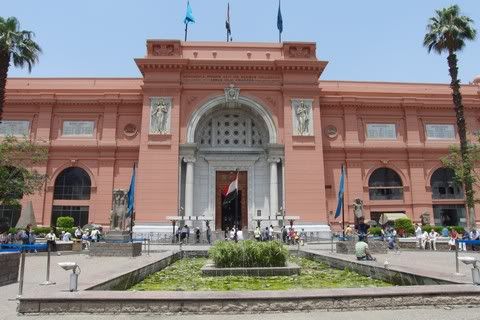
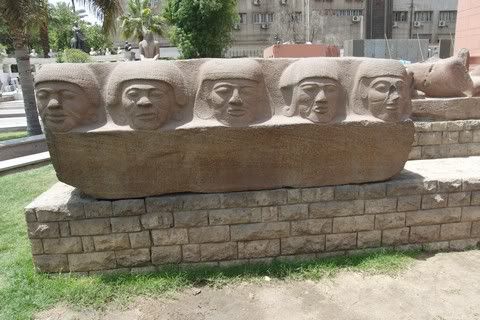
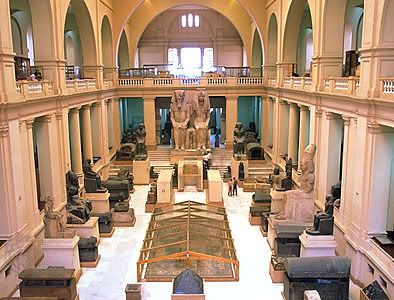 [Continue reading this entry]
[Continue reading this entry]